#Sachiko Murase
Text









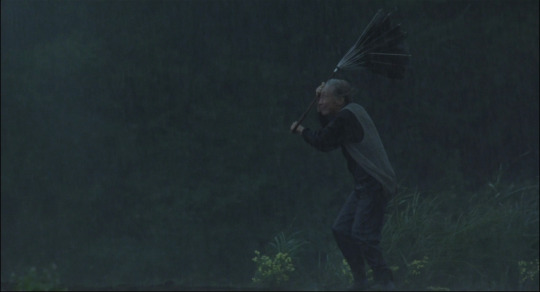
Rhapsody in August (1991) | dir. Akira Kurosawa
#rhapsody in august#akira kurosawa#sachiko murase#richard gere#films#movies#cinematography#scenery#screencaps
59 notes
·
View notes
Text
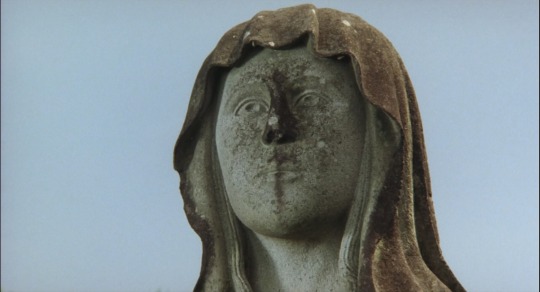


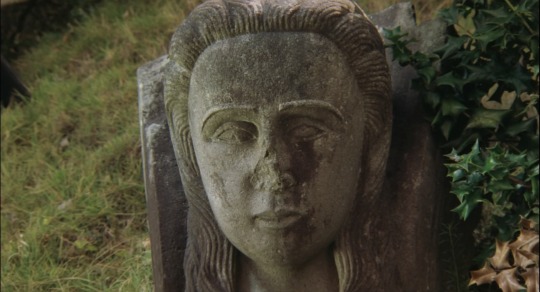



rhapsody in august (1991) dir. akira kurosawa
#八月の狂詩曲#rhapsody in august#akira kurosawa#richard gere#sachiko murase#mitsunori isaki#tomoko ohtakara#film aesthetic#film stills#film#japan aesthetic#japanese film#family drama#east asian cinema#90s movies#90s nostalgia#90s aesthetic
10 notes
·
View notes
Text
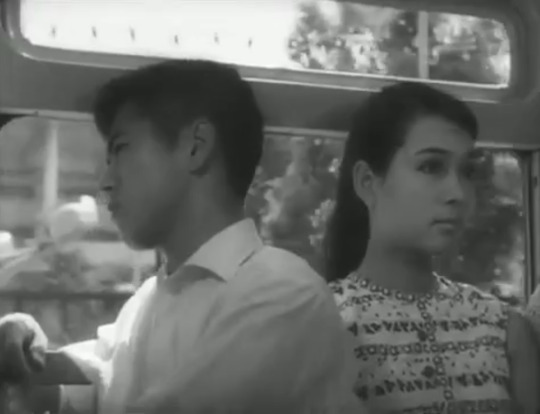


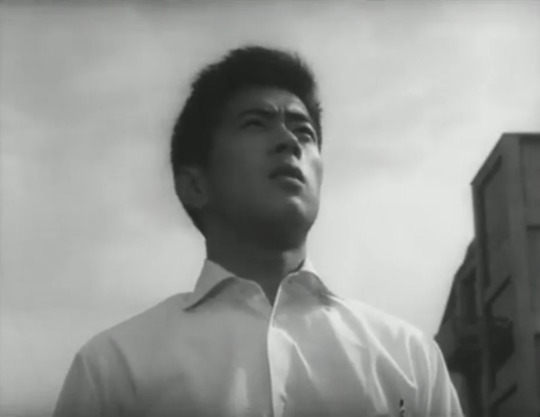




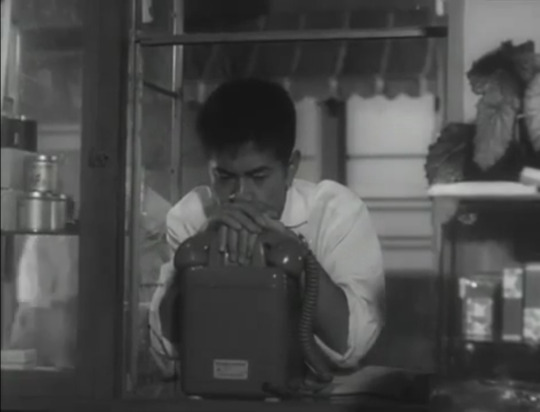



Kisses (1957)
3 notes
·
View notes
Photo

Rhapsody in August
directed by Akira Kurosawa, 1991
#Rhapsody in August#Akira Kurosawa#movie mosaics#Hisashi Igawa#Narumi Kayashima#Sachiko Murase#Tomoko Otakara#Mitsunori Isaki#Toshie Negishi#Hidetaka Yoshioka#Choichiro Kawarazaki#Mieko Suzuki#Richard Gere
1 note
·
View note
Text

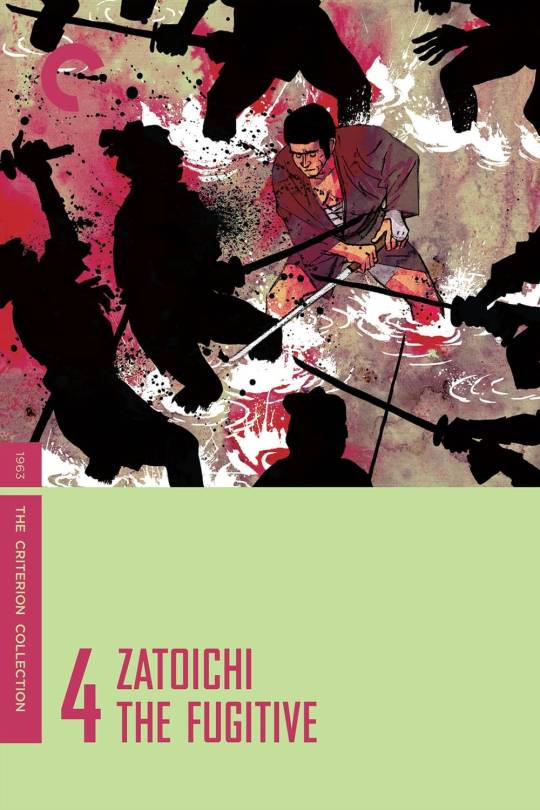
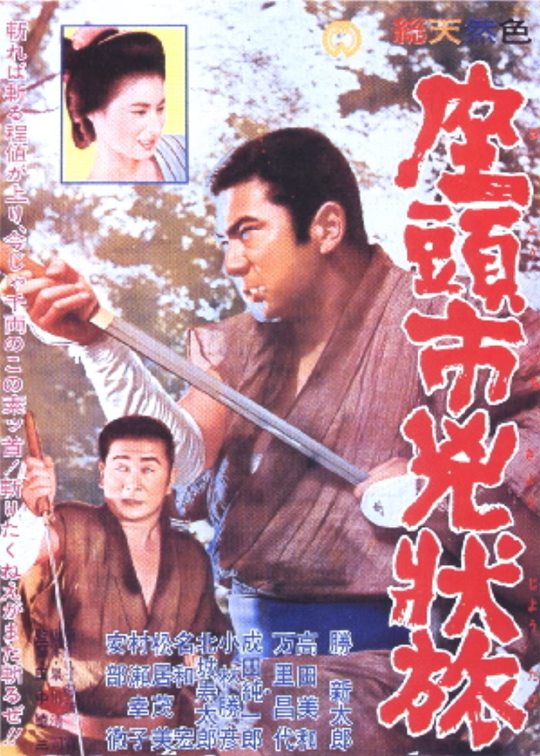

W A T C H I N G
#ZATOICHI THE FUGITIVE (1963)#SHINTARO KATSU#WATCHING#座頭市兇状旅#Zatōichi Kyōjō tabi#Miwa Takada#Sachiko Murase#Masayo Banri#Junichiro Narita#Katsuhiko Kobayashi#Toru Abe#Koichi Mizuhara#Jutaro Hojo#Hiroshi Nawa#Koichi Mizukami#Yasuhiro Mizukami#Samurai#ronin#yakuza#Chambara film#Jidaigeki#Jidaigeki film
1 note
·
View note
Photo

Setsuko Hara and Shuji Sano in Here's to the Young Lady (Keisuke Kinoshita, 1949)
Cast: Shuji Sano, Setsuko Hara, Takeshi Sakamoto, Keiji Sada, Chieko Higashiyama, Masami Morikawa, Junji Masuda, Yasushi Nagata, Fusako Fujima, Sugisaku Aoyama, Sachiko Murase. Screenplay: Keisuke Kinoshita. Cinematography: Hiroshi Kusuda. Art direction: Motoji Kojima. Film editing: Yoshi Sugihara, Shizuko Osawa. Music: Chuji Kinoshita.
Stop me if you've seen this one: A middle-aged working-class single man meets a pretty young woman from the upper classes and.... Okay, right. It's a romantic cliché, one that's so irresistible that Samuel Goldwyn once ordered a screenplay to be written on the basis of a title alone, The Cowboy and the Lady (H.C. Potter, 1938), and it's the inspiration for the teaming of Spencer Tracy and Katharine Hepburn. But what sets Keisuke Kinoshita's Here's to the Young Lady apart is its country and time of origin: postwar Japan. In part the film is a manifestation of the occupying forces' desire to bring about a more egalitarian Japan, one in which a system of caste and class would be broken down, but it's also a reflection of economic reality in a recovering country whose male population had been decimated by the war. So Keizo Ishizu (Shuji Sano), a 34-year-old man who owns a thriving auto repair business and has dreams of getting into manufacturing, is introduced by his friend Sato (Takeshi Sakamoto) to Yasuko Ikeda (Setsuko Hara), from a cultured and educated family, as a potential wife. Ishizu is smitten instantly by the lovely but very shy young woman, but he also has doubts that she would ever be interested in him -- and he is sort of a schlub, whose chief recreation is drinking at his favorite bar. But then Ishizu visits Yasuko at her home and meets her family, learning that they are on the brink of financial disaster. Kinoshita starts with mostly long shots of the living room of the Ikeda home, but then switches to some shots from Ishizu's point of view that reveal the threadbare upholstery and well-worn furnishings. It turns out that Yasuko's father is in prison because after the war he was tricked into joining a company that was on the shady side. When its fraudulent practices were exposed, he honorably took the blame, even though it's suggested that he was ignorant of them. Moreover, a loan is about to come due, one that was taken out to help the family -- which includes Yasuko's mother, grandparents, sister and brother-in-law -- to survive. Ishizu has every reason to flee from this entanglement, but he's so taken with Yasuko that he agrees to court her for a while to see if their marriage would work out. She suggests that they go to the ballet, where he winds up in tears -- partly because he realizes that he can never be a match for her in culture. He takes her to a boxing match, where she winces at the violence but nevertheless winds up cheering for one of the fighters. And so on as obstacles to their marriage rise. We know how it will end, but Kinoshita makes that ending almost plausible, especially with the help of a talented cast that features the always magnificent Setsuko Hara. One blot on the film is the overbearing and sometimes inappropriate use of Chuji Kinoshita's repetitive score, augmented by the overuse of Chopin's Fantaisie-Impromptu in C# minor, the one spoiled for many of us by its use as the melody for the popular song "I'm Always Chasing Rainbows."
3 notes
·
View notes
Photo


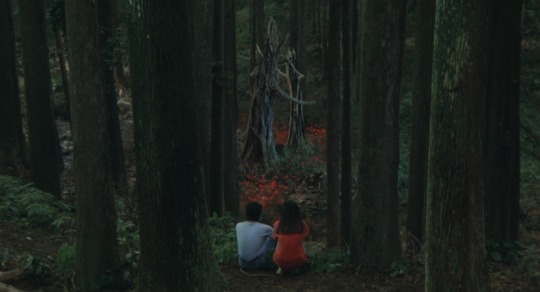

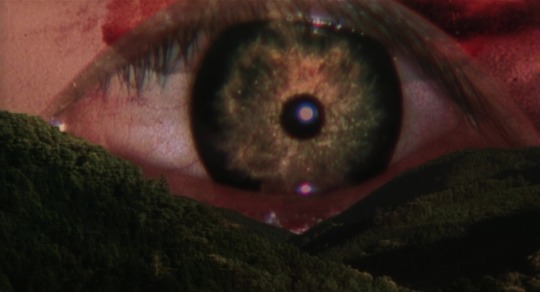

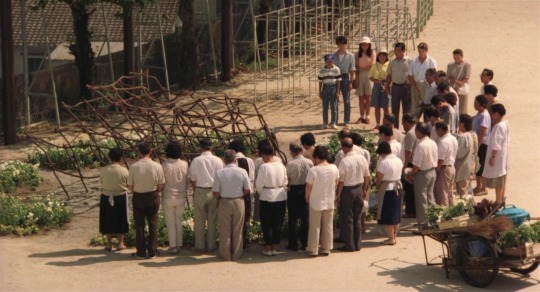

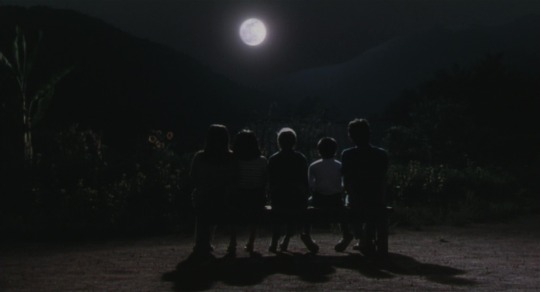

Rhapsody in August / Hachi-gatsu no rapusodī (1991, Akira Kurosawa)
八月の狂詩曲 (黒沢明)
8/15/21
#Rhapsody in August#Hachi-gatsu no rapusodi#Akira Kurosawa#Sachiko Murase#Richard Gere#Hisashi Igawa#Toshie Negishi#Hidetaka Yoshioka#90s#Japanese#drama#Nagasaki#hibakusha#elderly#bomb#nuclear#Japanese-American#international#widows#rural#village#pacifism#memory#grandma#grandchildren#postwar#summer vacation#summer#siblings
18 notes
·
View notes
Photo


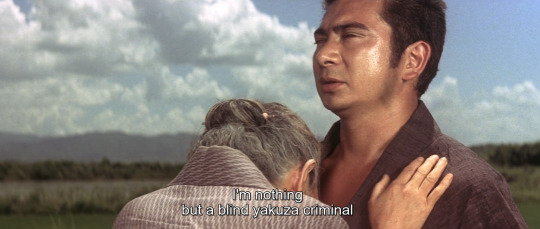


Zatoichi the Fugitive
#Zatoichi the Fugitive#Zatôichi kyôjô-tabi#Tokuzō Tanaka#Shintaro Katsu#Sachiko Murase#Miwa Takada#Junichiro Narita
47 notes
·
View notes
Photo







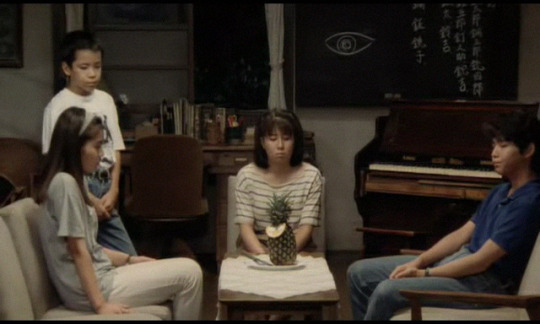
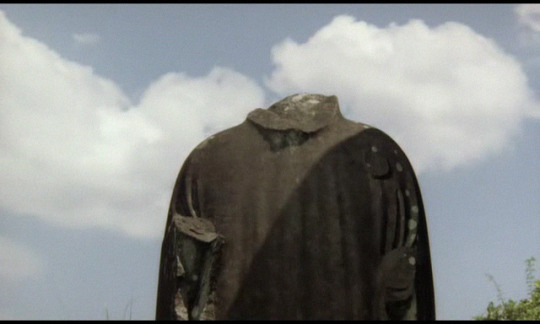

Films watched in 2020.
140: Rhapsody in August (Akira Kurosawa, 1991)
★★★★★★☆☆☆☆
#films watched in 2020#Rhapsody in August#akira kurosawa#kurosawa#seis#1991#Hachi-gatsu no rapusodî#Hachi-gatsu no rapusodi#Sachiko Murase#Hisashi Igawa#Narumi Kayashima#Tomoko Ôtakara#Hidetaka Yoshioka#Hachigatsu no kyôshikyoku#childhood#summer#nature#japan#eyes#drama#holocaust
251 notes
·
View notes
Photo

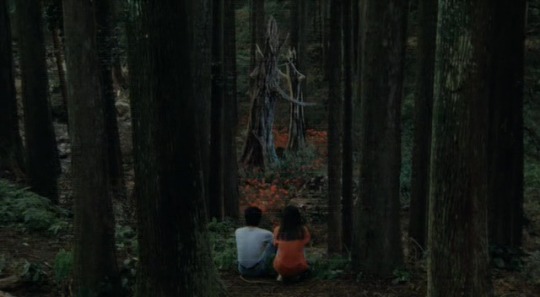


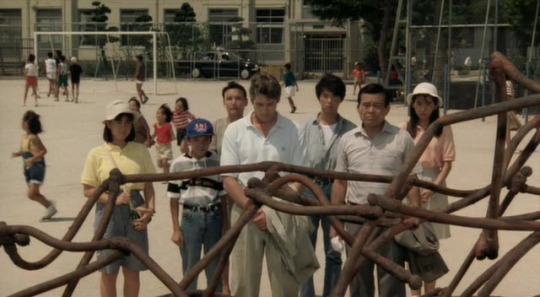




hachi-gatsu no rapusodî / rhapsody in august (jp, kurosawa 91)
#hachi-gatsu no rapusodî#rhapsody in august#kurosawa akira#Takao Saitô#Shôji Ueda#Sachiko Murase#richard gere
13 notes
·
View notes
Photo
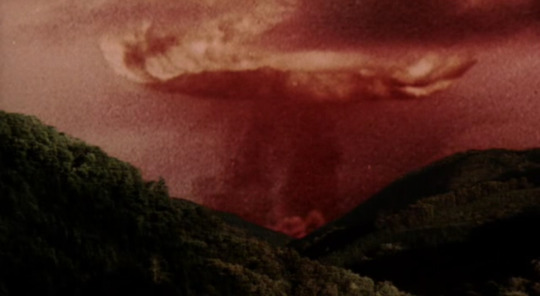




Rhapsody in August | Akira Kurosawa | 1991
Mitsunori Isaki, Hidetaka Yoshioka, Sachiko Murase, Tomoko Ôtakara, Mieko Suzuki
#Mitsunori Isaki#Hidetaka Yoshioka#Sachiko Murase#Tomoko Ôtakara#Mieko Suzuki#Akira Kurosawa#Kurosawa#Rhapsody in August#1991
164 notes
·
View notes
Photo

82. Rapsódia em Agosto (八月の狂詩曲, 1991), dir. Akira Kurosawa
#cinema#akira kurosawa#sachiko murase#japanese cinema#1990s movies#classic movies#drama#based on novel by kiyoko murata#elderly woman#family relationships#nagasaki japan#atomic bomb#war crime#war widow#war memorial#post war#grandmother grandchildren relationship#anti war#timeframe 1990s#cult director#cinefilos
0 notes
Text
The Case Study of Vanitas - Crunchyroll Winter 2022 Spotlight
It's finally time to head to Gévaudan with the vampire Noé and the human doctor Vanitas, who is dedicated to saving the vampires! The second half of The Case Study of Vanitas kicked off on Friday, with the start of the 2022 winter season. But before that, allow us to introduce you to the anime series with this spotlight.
Official Website
Navigation
Launch Info
Official Trailers
Synopsis
Characters and Cast
Staff
Additional Info
Launch Info
Launch Time: January 14
Territories: North America, Central America, South America, Europe, Africa, Oceania, the Middle East, CIS, MENA and India
Show Page
Official Trailers
youtube
Synopsis
In nineteenth-century France, humans and vampires coexist. The young vampire Noé is traveling to Paris in search of The Book of Vanitas, which is said to be capable of unleashing a curse upon all vampires. On an airship, he finds himself embroiled in a strange incident. It is Vanitas, a human calling himself a vampire expert, who appears before Noé in the ensuing chaos. In Vanitas’s hands is the very book that Noé has been searching for: The Book of Vanitas… Following this encounter, the curtain is set to rise on this tale of vampires, curses, and salvation…
Characters and Cast
Vanitas
VA: Natsuki Hanae (Tanjirou Kamado in Demon Slayer: Kimetsu no Yaiba)
Noé Archiviste
VA: Kaito Ishikawa (Tobio Kageyama in Haikyu!!)
Jeanne
VA: Inori Minase (Itsuki Nakano in The Quintessential Quintuplets)
Luca Oriflamme
VA: Shino Shimoji
Dominique de Sade
VA: Ai Kayano (Akari Kawamoto in March comes in like a lion)
Maître
VA: Akira Ishida (Zeref aus Fairy Tail)
Murr
VA: Miyu Komaki
Dante
VA: Tarō Kiuchi
Johann
VA: Kōji Yusa (Gin Ichimaru in Bleach)
Riche
VA: Riho Kuma
Naenia
VA: Kaori Nazuka (Kiyoko Shimizu in Haikyu!!)
Veronica de Sade
VA: Yōko Hikasa (Emi Yusa in The Devil is a Part-Timer!)
August Ruthven
VA: Toshiyuki Morikawa (Kazuma Soma in Fruits Basket)
Louis de Sade
VA: Miyuri Shimabukuro (Nozomi Onda in Farewell, My Dear Cramer)
Roland Fortis
VA: Kengo Kawanishi (Gen Asagiri in Dr. STONE)
Olivier
VA: Tomoaki Maeno (Veldora in That Time I Got Reincarnated as a Slime)
Astolphe Granatum
VA: Ayumu Murase (Kage in Ranking of Kings)
Chloé d'Apchier
VA: Rie Kugimiya (Taiga Aisaka in Toradora!)
Jean-Jacques Chastel
VA: Daiki Hamano (Gorou in DARLING in the FRANXX)
Staff
Original Creator
Jun Mochizuki
Director
Tomoyuki Itamura (Hanamonogatari, Koyomimonogatari, Owarimonogatari, Nisemonogatari)
Series Composition/Script
Deko Akao (Noragami, After the Rain, Dungeon of Black Company)
Takayo Ikami (Isekai Cheat Magician, Magical Girl Site)
Character Design
Yoshiyuki Itō (Fullmetal Alchemist, Soul Eater, Space Dandy, Concrete Revolutio)
Chiyo Nakayama (Demon Lord, Retry!)
Chief Animation Director
Yoshiyuki Itō (Soul Eater, Space Dandy, Concrete Revolutio)
Art Director
Shingo Kanai (Hortensia Saga)
Background Art
Kusanagi (Bungo Stray Dogs, Fullmetal Alchemist, No. 6, Non Non Biyori, Platinum End, Prince of Stride: Alternative)
Color Design
Izumi Takizawa (Bakemonogatari, Nisekoi)
Director of Photography
Ying Ying Zhang
Editor
Rie Matsubara (March comes in like a lion, Pretty Boy Detective Club, KAGUYA-SAMA: LOVE IS WAR, Godzilla Singula Point)
Sound Director
Kazuhiro Wakabayashi (Blue Exorcist, Bungo Stray Dogs, Mob Psycho 100, The Seven Deadly Sins, Soul Eater)
Sound Effects
Shizuo Kurahashi (Cowboy Bebop, Dororo)
Sachiko Nishi (SK8 the Infinity)
Music
Yuki Kajiura (Fate-Franchise, Fena: Pirate Princess, Demon Slayer: Kimetsu no Yaiba, Black Butler, Sword Art Online)
Opening
Cour 1: "Sora to Utsuro“ by sasanomaly
Cour 2: "Your Name“ by Little Glee Monster
Ending
Cour 1: "0 (zero)“ by LMYK
Cour 2: "salvation“ by MONONKVL
Animation Production
BONES
Additional Info
The vampiric steampunk series The Case Study of Vanitas is based on Jun Mochizuki's manga of the same name. Mochizuki is also known for the 24-volume fantasy work Pandora Hearts, and both it and The Case Study of Vanitas are available in English via Yen Press.
OP1 - "Sora to Utsuro“ by sasanomaly:
youtube
-------
Joseph Luster is the Games and Web editor at Otaku USA Magazine. You can read his comics at subhumanzoids. Follow him on Twitter @Moldilox.
By: Joseph Luster
3 notes
·
View notes
Text
Imprint (2006)
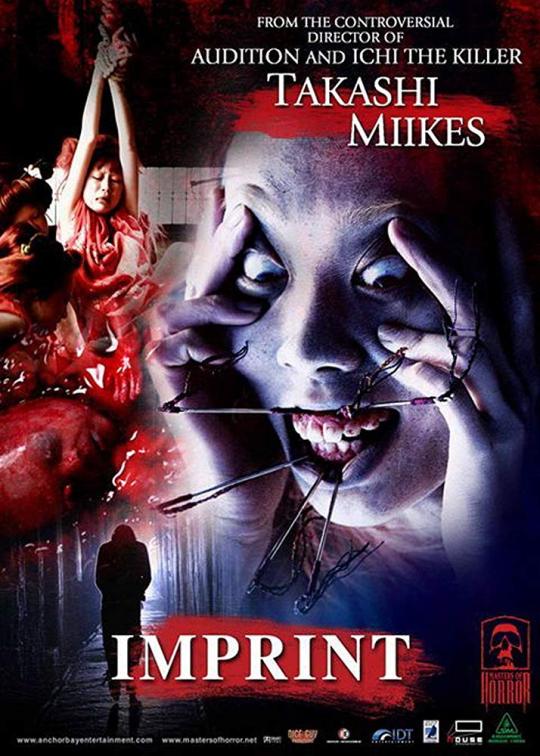
Directed by Takashi Miike
Screenplay by Daisuke Tengan
Based on the novel Bokkee Kyotee by Shimako Iwai
Music by Kōji Endō
Country: United States, Japan(?)
Running Time: 53 minutes
CAST
Billy Drago as Christopher
Yûki Kudô as Woman
Michié as Komomo
Toshie Negishi as Madam of the House
Mame Yamada as Tout
Kumiko Imai as Mother
Hôka Kinoshita as Father
Shimako Iwai as Torturer Woman
Shihô Harumi as Labourer #1
Magy as Labourer #2
Shin'ichi Tokuhara as Labourer #3
Takao Handa as Yoshi, Labourer #4
Hiroshi Kuze as Boatman
Miyuki Konno as Dead Woman
Yutaka Matsuzaki as Gate Keeper #1
Hiroshi Fujita as Gate Keeper #2
Sachiko Matsuura as Shamisen Player
Noriko Eguchi as Whore #1
Megumu Takada as Whore #2
Yuno as Whore #3
Miho Harita as Whore #4
Tokitoshi Shiota as Elderly Woman
Risa Uehara as Girl with Blue Eyes
Miho Ninagawa as Pregnant Woman
Suzuno Nomura as Girl in Woman's Flashback
Seriyu Ichino as Buddhist Priest
Shinichi Tanaka as Pimp
Yasushi Tomobe as Woman's Customer
Katsuyuki Shimosugi as Boy #1
Haruo Fukuhara as Boy #2
Keita Murase as Boy #3
Dong Wook Min as Prison Guard #1
Takumi Matsumoto as Prison Guard #2
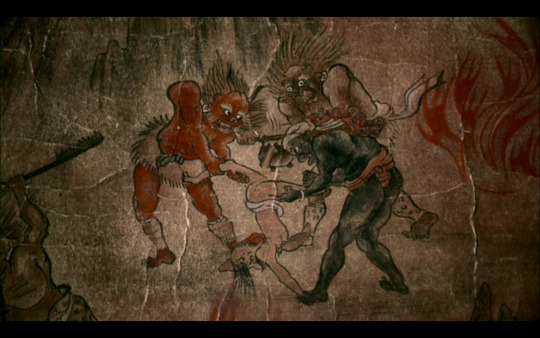
Takashi Miike’s bracingly unpleasant Imprint originally aired as the 13th episode of the 2006 TV series Masters of Horror. Or it did if you were in the UK, catching it on the Bravo Channel. If you were in America then Showtime shelved it because America is the Land of the Free, but only in certain circumstances. Concerns were raised, apparently, regarding the level of unpleasantness within it, but Imprint was later released on DVD; because making money means qualms get crushed. Which is apt since some of what Imprint is about (and Imprint is about a lot of things) is commodification, particularly the commodification of the human body. Which is why there are more whores in the cast list than in the last six Frank Miller comics. Imprint is also about insanity, and if you want to make connections between commodification, money as power, and the inevitable usurping of humanity by appetite climaxing in insanity, well, I won’t stand in your way. Heavy themes. Heavy stuff. It’s also entertainingly batshit in that magical and uniquely Takashi Miike fashion.

Imprint is set in 19th Century Japan, when gaijin knocking about the place were still a novelty. (Japan’s 200 year isolation had ended in 1853, when the namesake of Friends star Matthew Perry sailed 4 ships into Tokyo Bay.) Maybe we still are a novelty; we are quite funny looking. Anyway, fresh from the wild west and its enthusiastic ethnic cleansing of the native Americans, Christopher (Billy Drago), an American journalist with a penchant for histrionics, is searching for Komomo (Michié), a whore he promised to return and free. Which is mighty big of him. Along with a bunch of filthy labourers Christopher alights on an island populated by whores and whoremasters; you don’t go looking for a lovelorn Japanese whore in a Swedish furniture warehouse after all. A tiny tout with a delightfully syphilitic nostril claims Komomo never came this way, and convinces Christopher to pick a whore and stay the night. Christopher does so, selecting a distinctively faced lady of the night, The Woman(Yûki Kudô), to ply him with saki. The Woman turns out to know all about Komomo (apparently you can’t trust touts with syphilitic nostrils on an island of whores; who knew?) Through a long dark night of saki and stories, Christopher learns the fate of his procured paramour. Stories within stories, lies within lies; unfolding like the dark petals of that most poisonous flower – truth. Like life, Imprint ends badly for everyone involved.

Apparently unforgivably for a horror movie (since it was pulled from broadcast) Imprint is, really, really horrible. Horrific in fact. There’s really no ifs or buts about that. Imprint is definitely Ugh City. Mind you, I’m not sure what Masters of Horror were expecting when they let Takashi Miike sink his teeth into the horror genre. They were expecting horror, but not too much horror, I guess. Masters of a Certain Amount of Horror But Nothing Too Horrible doesn’t really have the same ring though. Also, Imprint is really, really horrible. Did I mention that? There is a danger of overselling it, resulting in the defensively adolescent approach of “Huh! It wasn’t that bad. Pfft!”, like actually being affected by the horror in a horror movie is some kind of failing or weakness, instead of being the whole point. Personally I enjoyed the implacable ratcheting up of the horror, my reactions were kind of along the lines of - “Oh, that’s okay.”, “This isn’t too bad.” , “Whoa, that’s harsh.” , “Hey now, hang on.”, “No. Don’t.” and ending with everyone’s favourite - “STOP IT! I WANT TO GET OFF! MAKE IT GO AWAY!” As horror goes, Imprint is the hard stuff. If Imprint doesn’t make you squirm it’s because a) you’re lying or b) you’re dead.

Imprint is an ugly watch but it isn’t just ugliness for ugliness’s sake. Imprint has more about it than that; it’s ugly because it’s about ugliness, it’s just not shy about it. There’s a lot of physical ugliness on show from the initial syphilitic nostril to the scrunched up face of Christopher’s spooky Scheherazade; from the plethora of aborted foetuses to the extended torture of a woman more sinned against than sinning. But that’s the surface stuff, in Imprint the ugliness runs deep. The ugliness in Imprint isn’t just skin deep; the physical ugliness is merely a symptom of the psychological ugliness. Cages of women imploring filthy labourers to rut them up for money, the sadism of the brothel madame’s regime, the victimisation of the weakest among the whores, the nonchalant abortions, brother-sister incest, father-daughter incest, patricide, infanticide and…whatever you call palming your kid off on a pimp dressed like Willy Wonka; it’s all here and more besides! Ugly stuff because it’s an ugly world. Sure the ugliness is somewhat souped-up (it’s a horror movie!) but Imprint gets closer to representing the truth of the brutal world of our ancestors than most straight entertainment. Life was cheap as chips and kids were a burden, and not too long ago at that.
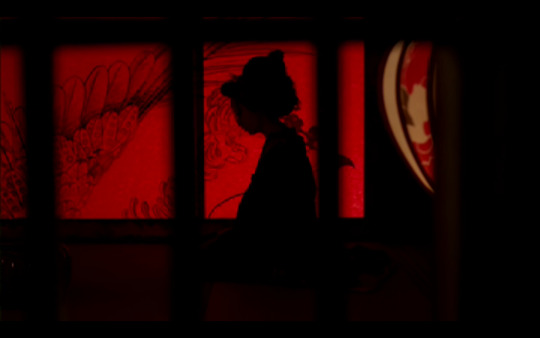
The most bizarre thing about Imprint (and that’s saying something; I’ve not even hinted at the pinnacle of the freakery within (hoo boy!)) is how visually gorgeous it is. Takashi Miike churns movies out, and sometimes, well, a bit more finish might have been desirable. But with Imprint there are no such reservations; it’s fantastic stuff. Rich with cultural signifiers I am too bovine to plumb, no doubt; but even I can bask in the visual sumptuousness on display. And for all its knowing excess Imprint is subtler stuff than you might think; the chill when the meaning of the toy windmills strikes home is a showstopper. Basically, Imprint is the real deal horror wise and well worth seeking out.

#Imprint#Takashi Miike#Movies#Horror#Masters of Horror#TV#The 2000s#2006#United States#Japan#Billy Drago#Yûki Kudô#Michié
14 notes
·
View notes
Photo

Inilah 20 Manga Horor Yang menakutkan Menurut Para Pembacanya
Selain manga dengan genre romantis, komedi, hentai, harem dan lain-lain, di Jepang juga ada banyak manga yang menampilkan cerita horor dan juga populer di kalangan para pembaca maupun otaku. Apa jadinya jika manga yang kita baca ternyata memberikan rasa takut? Itulah ciri khas dari manga horor, yang memang sengaja dibuat dengan tujuan untuk menakuti pembacanya dengan gambar-gambar dan cerita menakutkan, tidak hanya mengisahkan tentang sosok hantu, tapi juga teror dan hal-hal lainnya.
Beberapa waktu lalu, situs Goo Ranking merilis daftar manga horor yang diklaim oleh para pemilih akan membuat pembaca tetap terjaga di malam hari. Jika kalian mencari beberapa judul manga menyeramkan, maka tidak ada salahnya untuk membaca 20 manga horor di bawah ini.
1. Jigoku Sensei Nube karya Sho Makura danTakeshi Okano
cartoonpregnancy.wikia.com
2. Karada Sagashi karya Welzard dan Katsutoshi Murase
comicvine.gamespot.com
3. Kyoufu Shinbun karya Jiro Tsunoda
myanimelist.net
4. Zekkyou Gakkyu karya Emi Ishikawa
myanimelist.net
5. Tomie karya Junji Ito
myanimelist.net
6. Ghost Hunt karya Shiho Inada
7. Eko Eko Azarak karya Shinichi Koga
8. Museum: The Serial Killer is Laughing in the Rain karya Ryosuke Tomoe
9. Misumiso karya Rensuke Oshikiri
10. Shiyakusho karya Kishi Azumi
11. Kuchisake Onna Densetsu karya Kanako Inuki
12. Fuan no Tane karya Masaaki Nakayama
13. Orochi karya Kazuo Umezu
14. Uzumaki karya Junji Ito
15. Shibito no Koe o Kiku ga Yoi karya Sachiko Hiyodori
16. Zashiki Onna karya Minetaro Mochizuki
17. Nekojiru Udon karya Nekojiru
18. Zangekikan karya Nori Ochazuke
19. Kyou no Hon karya Motosuke Takaminato
20. Yōki Hiden karya Suzue Miuchi
Bagaimana, tertarik untuk membaca salah satu manga horor di atas?
The post Inilah 20 Manga Horor Yang menakutkan Menurut Para Pembacanya appeared first on Japanese Station.
1 note
·
View note
Photo

Ryo Ikebe in Apostasy (Keisuke Kinoshita, 1948)
Cast: Ryo Ikebe, Yoko Katsuragi, Osamu Takizawa, Jukichi Uno, Eitaro Ozawa, Sachiko Murase, Kenji Susukida, Ichiro Sugai, Akira Yamauchi. Screenplay: Eijiro Hisaita, based on a novel by Toson Shimazaki. Cinematography: Hiroshi Kusuda. Art direction: Isamu Motoki. Film editing: Hisashi Sagara. Music: Chuji Kinoshita.
The title of Keisuke Kinoshita's film Apostasy is generally acknowledged to be a mistranslation of the original, Hakai, which has a variety of meanings, including "destruction." The film is not about someone abandoning his religion, which is what the English "apostasy" means, but instead it's about the discrimination against Japan's feudal pariah class, the burakumin, literally, "people who live in villages." Which is again misleading if we think of villages as small communities of farmers, artisans, and merchants, all of whom had acceptable roles in feudal society. The burakumin were considered untouchable because their work associated them with death: butchers, tanners, undertakers, executioners, and so on, who, unable to associate with the "respectable" classes, formed communities and villages of their own. The taint of their work extended to their children's children -- even to those who managed to improve themselves with education and work in other fields, like the protagonist of Kinoshita's film, Segawa (Ryo Ikebe), who loses his job as a schoolteacher because he has hidden the fact that he's a "villager," as the English subtitles call him. His secret is exposed when he goes home to his village, remote in the mountains near Nagano, for his father's death. The action of the film takes place in 1901, well after American influence had caused the Japanese government to lift the legal restrictions placed on the burakumin, though without erasing the deep-seated prejudice against them. But Kinoshita has a more contemporary purpose for his film: After World War II, Japan was adopting a new, and of course again heavily American-influenced, constitution, guaranteeing civil rights to all Japanese citizens. So Apostasy is a heavily didactic film about tolerance -- not unlike some of the preachier American films that promoted better race relations in the aftermath of the war. Its bigots are despicable and its heroes -- including a descendant of the burakumin who has become a lawyer and a crusader for equality -- are noble. There's a love threatened by prejudice that triumphs, and a tear-filled ending in which the children Segawa has taught come out to wave goodbye as he departs the town that scorned him. In short, it's Kinoshita at his most sentimental.
1 note
·
View note